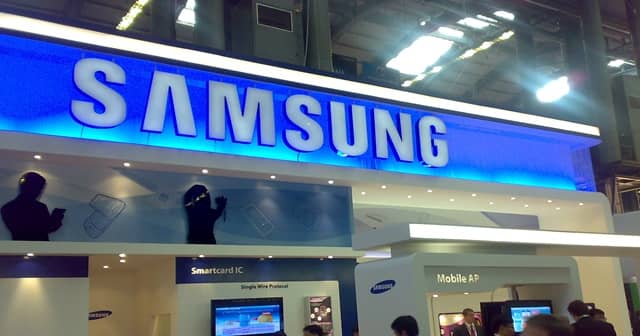While Samsung’s chip production makes most of the company’s carbon footprint, the consumer experience division too has a bit of share. Thus, Samsung set a target for its DX division by 2030 and chip production by 2050 – with a budget of $5 billion.
Net Zero Carbon Emissions
Companies that are into electronics are responsible for a massive amount of carbon emissions, like Samsung – who just announced their plans for going green by 2050. The company has set a budget of KRW 7 trillion (US$5 billion) for spending over the next seven-and-a-half years to go net zero on carbon emissions. While it’s not as aggressive as Microsoft’s – that set its target to be achievable by the end of this decade – it’s fairly reasonable for Samsung’s emissions. The company divided its production into two divisions – Samsung Consumer Experience (DX) and Samsung’s chip production. While the former comprises of electronics businesses like mobile and display manufacturing, the latter includes the production of memory chips and other enterprise components. This constitutes the major (90%) carbon emissions of Samsung – with 17.4 million tons of greenhouse gases emitted last year. And since the DX division is just 10%, Samsung is focusing much on it now to go net zero by 2030. But for chips unit, Samsung has set a target of 2050. Samsung has joined the RE100 – a global initiative for businesses that want to use renewable energy for their operations. The company will be incorporating methods from RE100 into its DX division outside the home country, where it’ll eventually include all the operations in all the areas to achieve 100% net zero emissions by 2050. Further, Samsung unveiled other environmental plans like the commitment to promote water reuse and expansion of its electronic waste collection initiative from the current 50 countries to 180 countries.
